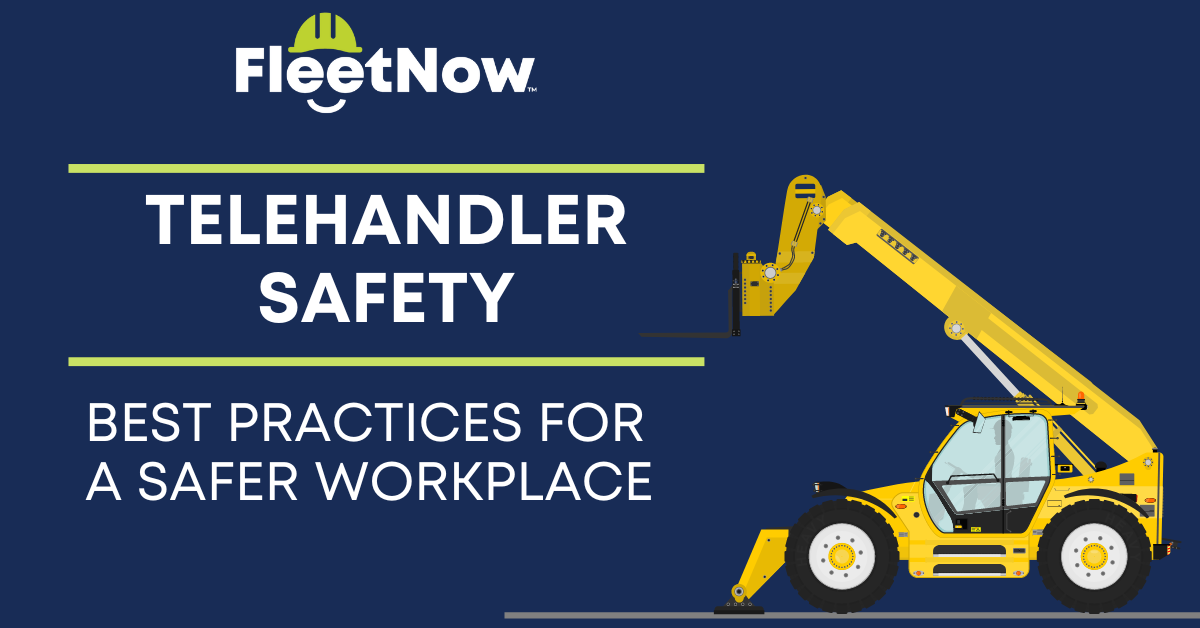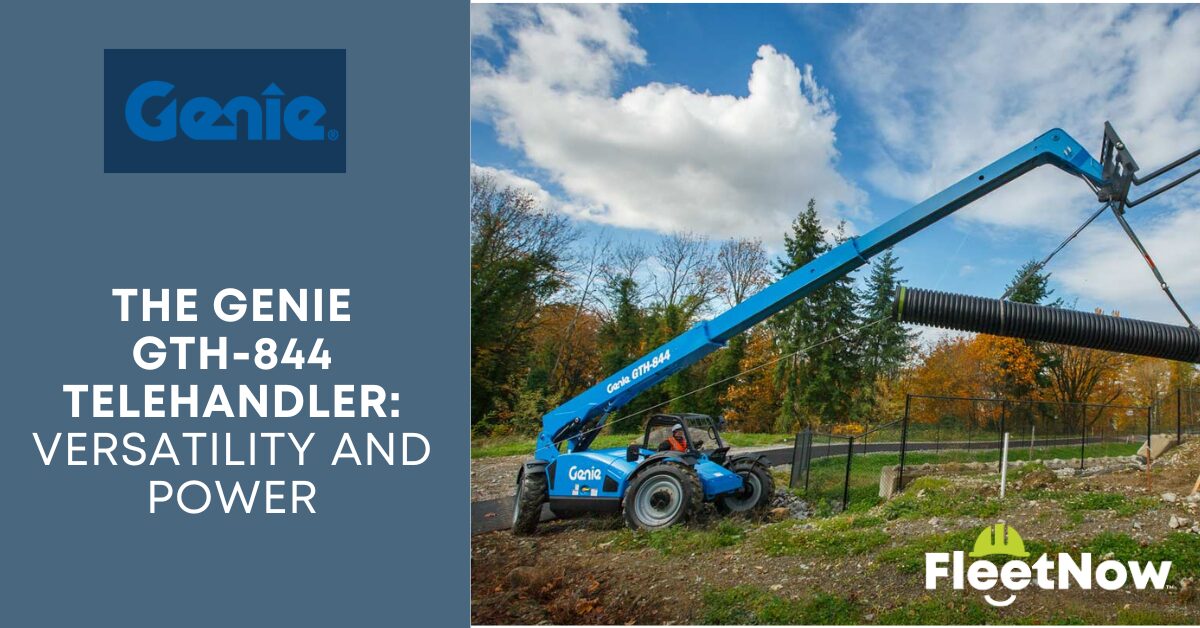Telehandler Safety: Best Practices For A Safer Workplace
Telehandler safety is critical for preventing accidents and ensuring a secure work environment. Operating a telehandler involves handling heavy loads at height, which can pose significant risks if not managed properly. It’s essential for operators to receive thorough training on equipment operation, load capacities, and safe handling techniques. Regular equipment inspections and maintenance are also crucial to identify and address potential issues that could compromise safety. Implementing strict safety protocols, such as wearing appropriate personal protective equipment (PPE) and maintaining clear communication on the worksite, is essential for reducing the likelihood of accidents and ensuring everyone’s well-being during telehandler operations.
Telehandler Safety Training
Proper training is the cornerstone of telehandler safety. Operators should undergo comprehensive training programs covering equipment operation, load capacities, stability principles, and safety protocols. Training should include practical hands-on exercises and theoretical knowledge to ensure operators understand the risks associated with telehandler operations and how to mitigate them.
Pre-Operational Checks
Before operating a telehandler, operators must conduct thorough pre-operational checks. This includes inspecting controls, hydraulics, tires, brakes, and structural components for any signs of damage or malfunction. Any issues identified during inspections should be addressed promptly by qualified personnel before proceeding with operations.
Safe Operating Practices
Safe operating practices are essential to prevent accidents and ensure efficient telehandler operations. Operators should adhere to load capacity limits specified by the manufacturer and avoid overloading the machine. Stability is crucial, especially when extending the boom or lifting heavy loads. Proper positioning and distribution of the load contribute to maintaining stability and reducing the risk of tip-overs.
Personal Protective Equipment (PPE)
Operators and workers in the vicinity of telehandlers should wear appropriate personal protective equipment (PPE) at all times. This includes helmets, high-visibility clothing, gloves, and safety footwear. PPE helps protect against potential hazards such as falling objects, collisions, and entanglement with machinery.
Maintenance and Inspections
Regular maintenance and inspections are essential to keep telehandlers in optimal condition and prevent breakdowns. Scheduled maintenance should include checks on hydraulic systems, brakes, steering components, and structural integrity. Any issues identified during inspections should be addressed promptly by qualified technicians to maintain equipment reliability and safety.
Communication and Awareness
Clear communication among team members is vital during telehandler operations. Operators should use standardized hand signals or radio communication to coordinate movements and ensure everyone’s safety. Maintaining awareness of surroundings, including overhead obstructions, ground conditions, and the presence of pedestrians or other workers, is critical to preventing accidents.








